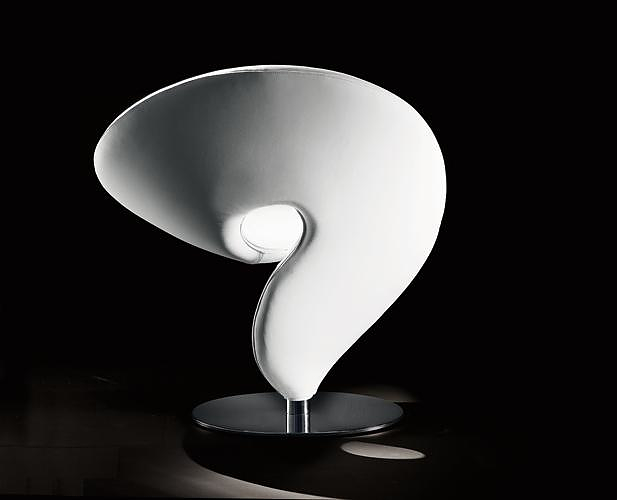What are the characteristics of tRNA?
What are the characteristics of tRNA?
Molecules of tRNA typically contain
fewer than 100 nucleotide units and fold into a characteristic cloverleaf structure. Specialized tRNAs exist for each of the 20 amino acids needed for protein synthesis, and in many cases more than one tRNA for each amino acid is present.
What is tRNA and how is it formed?
Transfer ribonucleic acid (tRNA) is primarily synthesized from tRNA gene through transcription by RNA polymerase and becomes the mature form via several steps: processing, splicing, CCA addition and posttranscriptional modification. ... The resultant two fragments are joined by RNA ligase.
What is the functional form of tRNA?
tRNA has a very intended function to carry protein subunits, called amino acids, to just the ribosome where proteins are produced. They are combined with mRNA in a complementary and antiparallel way.
Transfer RNAs are formed by a variety of genres and are typically small molecules around 70 and 90 nucleotides.
What is a charged tRNA?
Aminoacyl-tRNA (also aa-tRNA or charged tRNA) is
tRNA to which its cognate amino acid is chemically bonded (charged). The aa-tRNA, along with particular elongation factors, deliver the amino acid to the ribosome for incorporation into the polypeptide chain that is being produced during translation.
What is the main function of tRNA?
The purpose of transfer RNA, or tRNA, is
to bring amino acids to the ribosome for protein production. To make sure that the amino acids are added to the protein in a specific order, the tRNA reads the codons from the messenger RNA or mRNA.
What is the main function of RNA *?
The central dogma of molecular biology suggests that the primary role of RNA is
to convert the information stored in DNA into proteins.
How is tRNA activated?
The binding of an amino acid to the tRNA acceptor stem occurs as a result of a two-step process:
The amino acid is then coupled to tRNA and the AMP is released – the tRNA molecule is now “charged” and ready for use. ...
Why is tRNA charged?
The process begins when the enzyme aminoacyl-tRNA-synthetase, depicted in blue,
catalyzes an energy-releasing reaction between an amino acid and a molecule called adenosine triphosphate, or ATP. ... In this step, ATP loses two phosphates and becomes linked to the amino acid as adenosine monophosphate, or AMP.
Is DNA to RNA?
DNA transcription produces a single-stranded RNA molecule that is complementary to one strand of
DNA. Transcription, however, differs from DNA replication in several crucial ways. ... Thus, the RNA molecules produced by transcription are released from the DNA template as single strands.
What are the two main parts of tRNA?
Transfer RNA (tRNA) Each tRNA molecule has two important areas:
a trinucleotide region called the anticodon and a region for attaching a specific amino acid.
What are the 3 types of RNA?
Three main types of RNA are involved in protein synthesis. They are
messenger RNA (mRNA), transfer RNA (tRNA), and ribosomal RNA (rRNA).
What does RNA look like?
Ribonucleic acid (RNA) is a
molecule similar to DNA. Unlike DNA, RNA is single-stranded. An RNA strand has a backbone made of alternating sugar (ribose) and phosphate groups. Attached to each sugar is one of four bases--adenine (A), uracil (U), cytosine (C), or guanine (G).
What enzymes are needed for tRNA activation?
The activation reaction is catalyzed by specific
aminoacyl-tRNA synthetases, which are also called activating enzymes. The first step is the formation of an aminoacyl adenylate from an amino acid and ATP.
What activates tRNA?
Each tRNA molecule binds with a specific amino acid in the cytoplasm in a reaction catalysed by a
tRNA-activating enzyme. Each amino acid is recognised by a specific enzyme (the enzyme may recognise multiple tRNA molecules due to degeneracy)
What is required to charge a tRNA?
Charging of tRNA. Starting at the top,
a free amino acid is bound to the synthetase followed by the appropriate uncharged tRNA. Covalent coupling of the two is catalyzed by reducation of an ATP molecule to an AMP molecule, which is recycled along with the uninduced synthetase.
Do humans have RNA?
Yes, human cells contain RNA. they're the genetic messenger alongside DNA. The three main sorts of RNAs are: i) Ribosomal RNA (rRNA) – present related to ribosomes.
What is the main function of RNA?
The central dogma of molecular biology suggests that the primary role of RNA is
to convert the information stored in DNA into proteins.
What RNA does to the body?
RNA carries out a broad range of functions, from
translating genetic information into the molecular machines and structures of the cell to regulating the activity of genes during development, cellular differentiation, and changing environments. RNA is a unique polymer.
How is tRNA charged?
Charging of tRNA. Starting at the top,
a free amino acid is bound to the synthetase followed by the appropriate uncharged tRNA. Covalent coupling of the two is catalyzed by reducation of an ATP molecule to an AMP molecule, which is recycled along with the uninduced synthetase.
What is the function of tRNA?
transfer RNA / tRNA Transfer ribonucleic acid (tRNA) is a type of RNA molecule that
helps decode a messenger RNA (mRNA) sequence into a protein. tRNAs function at specific sites in the ribosome during translation, which is a process that synthesizes a protein from an mRNA molecule.
